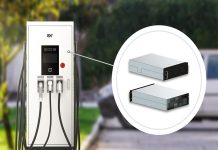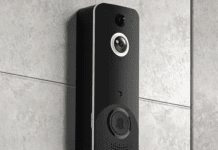In the world of rechargeable batteries, the 48v lifepo4 battery is winning the popularity game. Its efficient working and longer life cycles are not the only reason customers are choosing them over their lead-acid alternatives. But also because it is lighter in weight, eco-friendly, has a wider temperature range, and most essentially offers high power making it the most in-demand battery. Lifepo4 battery’s full form is a lithium Ferro(iron)phosphate battery. The shortest form of this battery is LFP.
Nowadays, lithium phosphate batteries are widely used in almost every other sector, like renewable energy, commercial transit, electric vehicles, security vehicles, and many more. LFP batteries have more advantages than disadvantages. The most important benefit is its chemical and thermal stability, and the penalty is its higher price than other batteries. Below are some characteristics of very famous LiFePO4 batteries:
Longer Cycle Life
The solid crystal structure of iron phosphate makes LFP Batteries unique and keeps them from degradation. Compared with the lead-acid battery, its life cycle is ten times higher under normal conditions. The common DOD (depth of discharge) of LFP batteries is 80% to 90%. These batteries have a slow capacity loss rate and a high calendar life rate. If you are looking for a battery with 5 to 10 years of working, ability lithium phosphorus is the best option so far.
Wider Temperature Range
LiFePO4 batteries have many benefits, including wider temperature as their tolerance level is much higher.at room temperature of 500C, lead -acids cycle life is decreased to 50%. Similarly, lithium phosphorus batteries have no significant impact on them.
The LFP could not charge at temperatures below 00-C. Therefore, they established an internal heating solution that can help in charging a battery even at -200-C.
Lighter in weight
LFP Batteries are smaller and lighter in weight compared with lead acid batteries. Due to its lightweight, the cost and time are saved during installation. The Maintenances and replacement are quickly done without any hassle.
For example, if the lead-acid battery is 25kg for specific charging settings, an LFP battery will be about 11kg, less than half of the weight of the lead-acid battery.
Higher in power
These small-size batteries are very efficient. Despite their lightweight, they are double the power of the lead-acid battery. They are even good in higher discharge rates while retaining high-energy capacity.
For example, the discharge current of a lead-acid battery is 0.1c-0.3c, and on the other hand, the discharge current of LFP is 0.5c-1c.
Eco friendly
This characteristic is one of the best that lithium batteries are environmentally friendly. LFP has good chemical and thermal stability, making it the best battery technology available. It will help prevent explosion or combustion if an internal short circuit or the battery is overcharged.
Conclusion
When comparing lead-acid and lithium phosphorus batteries, there is a vast difference in both batteries in every aspect. Whether it is about long-lasting or safety measures, a lithium battery is a better option. It is high in power and capacity and compact in size and weight, which matters a lot in practical life. So, a 48V liFePO4 battery is worth considering.









